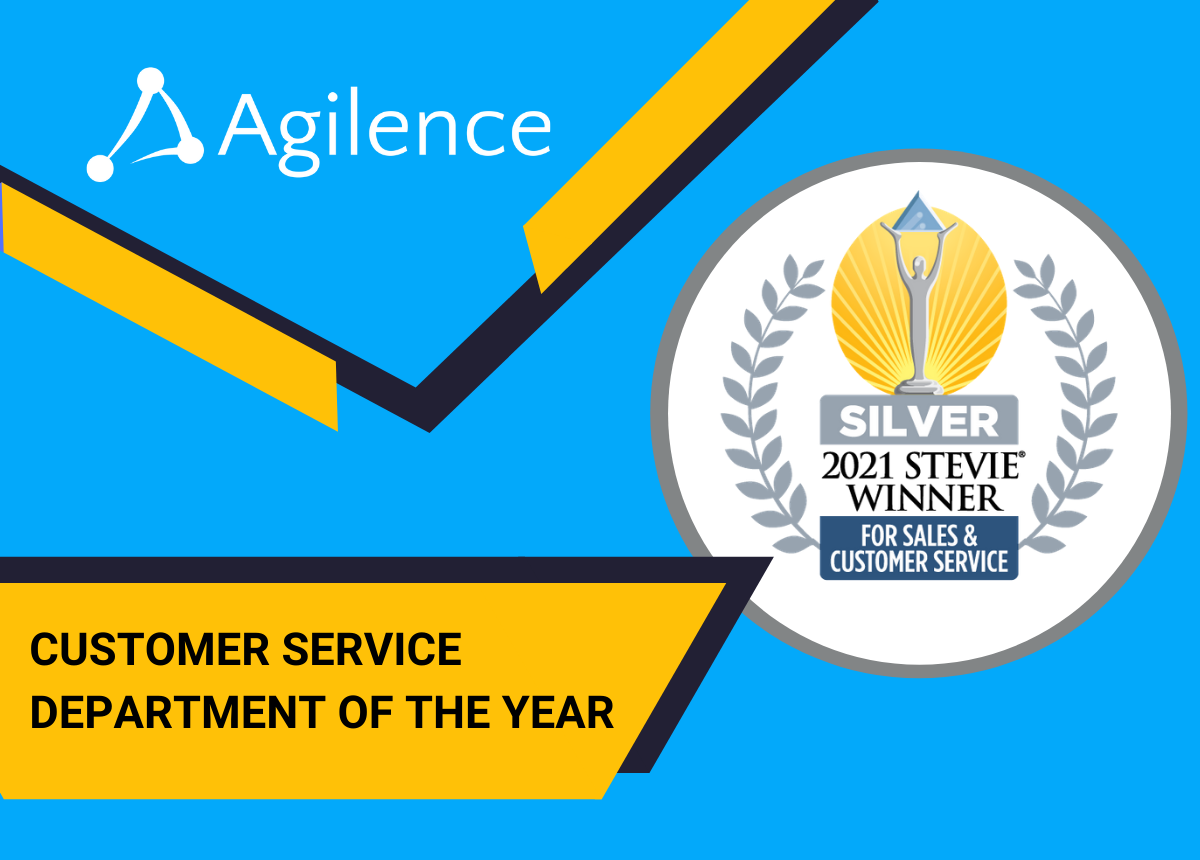How to Calculate Year Over Year Growth
General Keneavy Krenzin
Keneavy Krenzin

During the year, there are a number of metrics to track, and it’s easy to get sucked in and lose sight of the big picture. But those short-term metrics don’t gauge how your business is doing overall.
January is the perfect time to step back and review your business’ annual growth. One key metric is your annual Year Over Year (YOY) growth percentage. But how can we make YOY valuable and not just another numbers exercise?
YOY is an important metric when you know how to use it correctly. Business owners and decision makers can use YOY to reveal long term trends that may have been missed with short-term metrics., but it should rarely be used alone. When used in combination with other annual, quarterly, and monthly metrics, YOY reveals the evolution of a business over time, helping leaders to make data-driven decisions.
How to calculate YOY
YOY is easy to calculate. Typically, you compare one month of data (December 2019) to the same month one year earlier (December 2018). Whether it’s by calculator, spreadsheet, or advanced analytics platform, the revenue growth calculation is:
[(Current year monthly revenue) - (Last year monthly revenue)] / (Last year monthly revenue) X 100
For example, if in December 2018 you earned $200,000 in revenue and December 2019 you earned $240,000, your YOY calculation would be:
($240,000 - $200,000) = $40,000
($40,000 / $200,000) = .20
.20 X 100 = 20% YOY Revenue Growth
Revenue is the primary metric used for YOY revenue growth calculations. Profit margins, expense ratios, and other financial metrics are also valuable indicators. Data analytics platforms will calculate YOY for you, comparing data from previous month’s YOY or industry averages, providing decision makers with convenient and insightful information.
What is the benefit of YOY?
Your YOY metric has a unique benefit. It takes away the problem of seasonality, which can skew numbers and affect business decisions. For example, many retailers know that it is virtually impossible to compare December revenue to January revenue and expect to see growth. Seasonal trends are visible when comparing month to month data. YOY removes the volatility and allows you to look at similar moments in time (December vs. December).
In addition to removing seasonality and volatility, YOY offers another benefit: long term results analysis. YOY can only be used for businesses that have been in operation for more than 13 months. It answers the question, "how is the business doing?" by providing long term results - something a monthly metric can’t provide. YOY provides assurance to investors, banks, business owners, and decision-makers that the organization is surviving (or thriving) long-term.
Whether it’s a spreadsheet or the back of a napkin, YOY is used to understand the long-term health of a business. Big data analytics goes a step further by incorporating other metrics, including profitability, Month-To-Month (MTM) revenue trends, and even industry benchmarks to understand how the business compares to the competition. YOY is one piece of the puzzle that organizations need to make wise business decisions.
What should your YOY be?
Your YOY should be combined with other metrics to evaluate the health of your business. For instance, you may have 20% revenue growth YOY, but if you had a 30% expense increase, your operation could be unprofitable.
How do you know if your YOY is good compared to your competitors? That’s where industry benchmarks are valuable, helping you establish goals and compare your results to an objective standard.
There are many variables that contribute to your YOY including location, years in business, industry sector, and product mix. But comparing your YOY to average benchmarks is a great way to see if you’re on track or need correction.
Is YOY the best metric to use for your business?
YOY is just one metric that indicates the health of your business. When combined with MTM data and annual financial statements (your balance sheet and P&L), you’ll get a comprehensive view of your business.
These metrics provide a valuable perspective, especially if your YOY growth rate is negative. You’ll want to evaluate the business circumstances that resulted in a negative or less-than-expected growth rate.
You might have experienced a year where you invested in your business so you could grow in future years. External factors may have restricted your growth, like city construction that reduced foot traffic to your store, or an unexpected price increase to your top selling products. Not every year is a growth year, which is why YOY should be used in conjunction with other metrics to get a holistic view of your business.
Is YOY part of your dashboard?
If YOY, ROI, MTM, and KPI are Greek to you, it’s time to learn the language of business. Data analytics will provide you with insightful information you need to make data-driven decisions that contribute directly to your bottom line.
Curious how to get started? Agilence is a leader in data analytics for retailers, restaurants, and convenience stores, helping them grow into successful, competitive businesses. Download our Retail Data Analytics Guide to learn more about using data to drive growth.
Related Articles

Celebrating A Year of Innovation: Agilence 2024 Year in Review and a Look Ahead to 2025
As 2024 comes to a close, we’re proud to reflect on a year of new innovations and transformative growth at Agilence. From lau...
Essential Year-End Audits for Retail and Restaurant Loss Prevention and Operations Teams
As the year comes to a close, retail and restaurant loss prevention (LP) and operations teams have a unique opportunity to ev...
Agilence Awarded Fourth Consecutive Customer Service Department of the Year Stevie Award
MOUNT LAUREL, NJ – Agilence, Inc., the leading SaaS provider of data management and analytics focused on grocery, retail, and...Subscribe to our blog
Receive free educational resources like exclusive reports, webinars, and industry thought leadership articles straight to your inbox.


